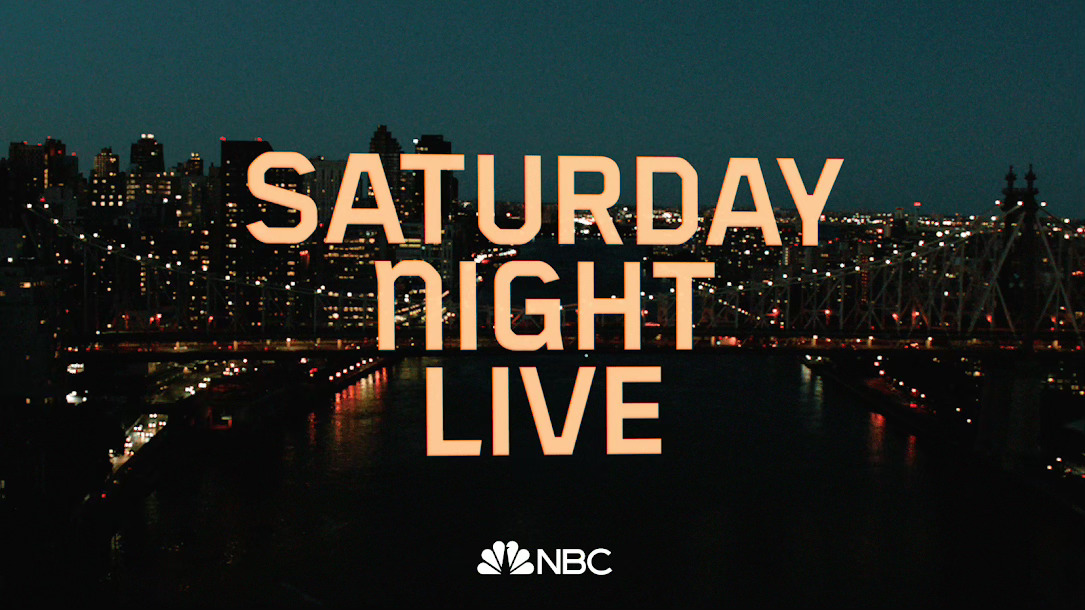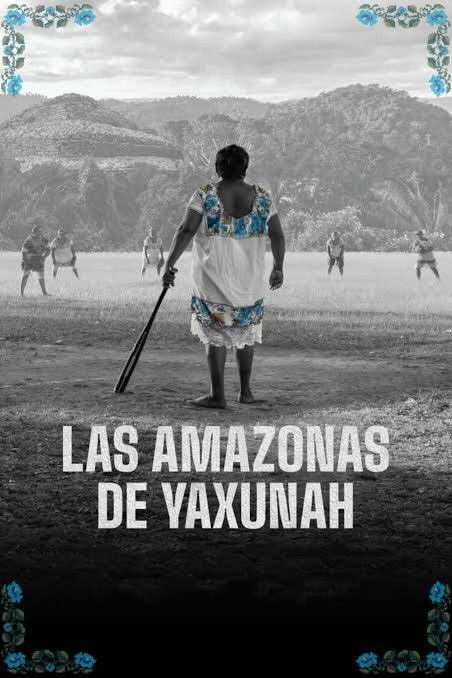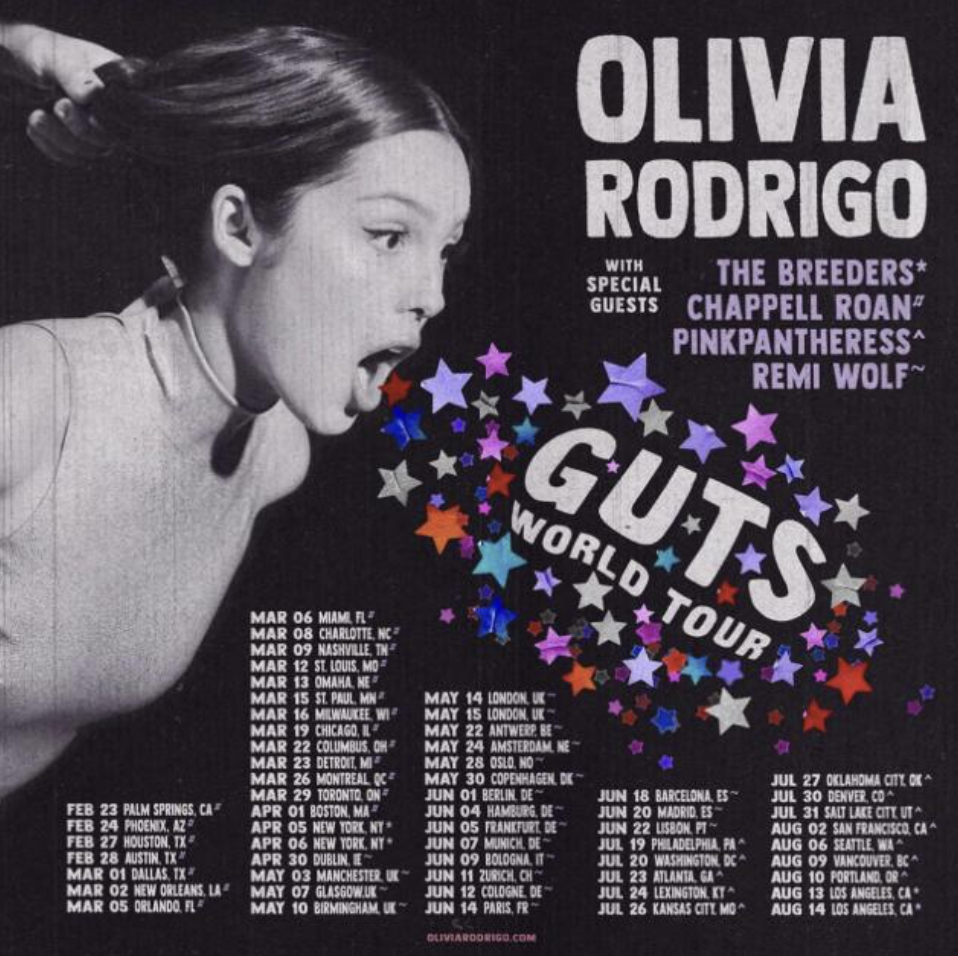On Oct. 11, 1975, at 11:30 p.m., live and TV audiences watched the first ever show of Saturday Night Live. The performance featured a variety of comedy sketches, stand-up, music performances by trending artists, and a short film. This year, SNL began its fiftieth season, an accomplishment of which was celebrated on Feb. 16 (which is currently streaming on Peacock). For the past half-century, the show has aired on Saturday nights from late September through early May. As diverse as the program is, it takes a significant amount of work to get just one show on the air. Season fifty recurring guest and former cast member, Andy Samberg comments on this stating “It’s been really fun going back. But again, [there is] also inheriting – re-inheriting – the stress of it and being like, ‘Oh, right, this is intense.’” While much has changed about SNLs production since it first aired, the stress of the week leading up to the performance has remained unmatched among live television shows.
Most of preparations for each performance begin week-of, but the host (who is equivalent to a guest star in a TV show) and musical guest are usually announced a few weeks beforehand on social media. A host may be invited to perform due to their long standing connection to SNL veterans, like Alec Baldwin, who has taken on the role seventeen times. Other times, the actor, athlete, comedian, musician, or even politician (Donald Trump has hosted twice, once in 2004 and a second time in 2015) is relevant around the show date. For example, Ariana Grande was a host this past October, about a month and a half before her long-awaited movie Wicked came out. Saturday Night Live isn’t just a random lottery of performers; it’s a showcase of well-known talents. This is why you’ll only spot icons like Jenna Ortega, Martin Short, or Elon Musk.
On the Monday morning of their episode, the host walks into Studio 8H in the infamous 30 Rock building in New York City, where SNL is filmed. After a day off, the writers and cast are ready to meet the host. Alex English, a former writer for the show, explains the need for this process. “They tell us what the host is interested in doing and what they can do, what accents, can they sing, can they dance,” he explains, “So it’s just, giving us an idea of how we should tailor our writing.” The host is the star of the episode, meaning they have a significant say in how they want the show to go. In Executive Producer Lorne Michaels’ office, the cast and writers pitch ideas to the host, suggesting what they want to put on the air that week. About thirty to forty sketches later, everyone is dismissed.
From Tuesday morning to Wednesday morning, everyone is writing. Most of the ideas from the day before are brainstormed, expanded, and written into scripts for the table read Wednesday night, where every written sketch is read through. This is a three hour process, ending with the producers and head writer meeting in Michaels’ office to outline the final cut of the show. Some pieces are cut now, as there are too many sketches left to keep them all. However, production must begin regardless of which sketches may or may not make it to the final cut.
The next morning, the sketches that survived are rewritten to the original writer’s satisfaction. Thursday also welcomes technical preparations. The crew members rush to build sets, film pre-recorded sketches, and to create and fit costumes. Meanwhile, directors and actors work on the rehearsal process. Often, employees will work long hours and not head home until Friday morning. Unfortunately, everyone is expected back at work only a few hours later to continue rehearsal and filming as necessary.
By Saturday around noon, the majority of production is wrapped up, and a complete run-through takes place. The only audience is the writers, directors, and production team members. Jokes that don’t land are cut and replaced, while editors work on filming aspects for live sketches. All in all, it’s a time for sketches to be adjusted or removed in the interest of writers, directors, and producers. Eight hours later, a dress rehearsal is performed before a live-studio audience incorporating all of the latest changes. After, scrambling writers, directors, and editors modify scripts, films, and anything about the show that they don’t see as successful. In the end, it’s all up to time. Some sketches make it all the way to Dress Rehearsal but are “Cut For Time” even minutes before. You can watch some of these sketches on the SNL YouTube channel.
Finally, at 11:30 p.m., the show is live with a new audience and finally on TV. No more changes can be made, and no more. The performance may go phenomenally or horrendously. By Sunday at 1 a.m., the grueling work week is done, and you cannot go back and change anything that was on air. However, each writer, director, producer, crew member, and actor is likely to be back on Monday, and the process begins yet again.
It’s undeniable how much effort goes into SNL. Over one thousand of these exhausting weeks have occurred over the last fifty years. While some episodes and seasons are better than others, it’s important to recognize all that goes on behind the scenes each week. The crew has kept the show going through ups and downs since 1975. In seeing an incredible performance on a Saturday night, think about the heaps of crew members that brought it. The week is long and difficult, but overall worth it for the thundering laughter and applause of the audience.







